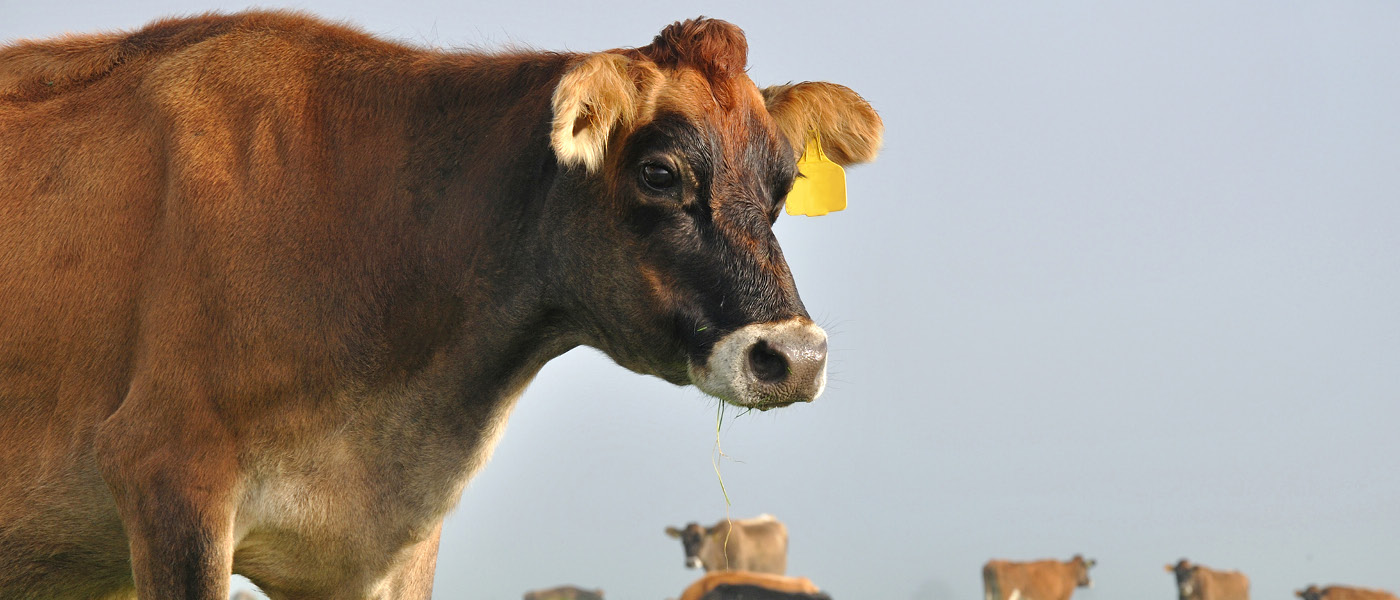
As we move through calving, our attention should start to focus on mating. While for most of us it is still six weeks away, our success depends largely on two factors: submission rates and conception rates. Often, we are preoccupied with submission rates and believe that achieving the gold standard of 90% submission rates in the first three weeks of mating means we have done a superb job. But is that enough to ensure success?
First-service conception rates are notoriously disappointing, ranging between 45% and 55%. The average cow has approximately 35 days to get in calf if she is to calve at the same time each year. Given that first-service conception rates are typically below 50%, many good cows get later each year before eventually becoming empty.
Non-cycling cow (NCC) treatments address submission issues but do not fully resolve the problem of low conception rates. While NCC programs are effective at submitting cows to first service, the conception rate remains poor. The second oestrus of a cow is significantly more fertile than the first, so servicing cows on their second heat rather than their first can improve conception rates.
A DairyNZ statistic suggests that the chance of conception increases by 18% for every cycle a cow has before the planned start of mating. Therefore, ensuring cows have cycled before the planned start of mating (so their first service is to their second or subsequent ovulation) should enhance conception rates. This may involve treating non-cycling cows three weeks earlier, so they return to oestrus with a second heat during the first week of the planned start of mating.
At Vetlife, we are continually striving to improve our offerings to provide optimal reproduction outcomes for you, the farmer. Talk to your Vetlife veterinarian today to explore new strategies for improving conception rates.